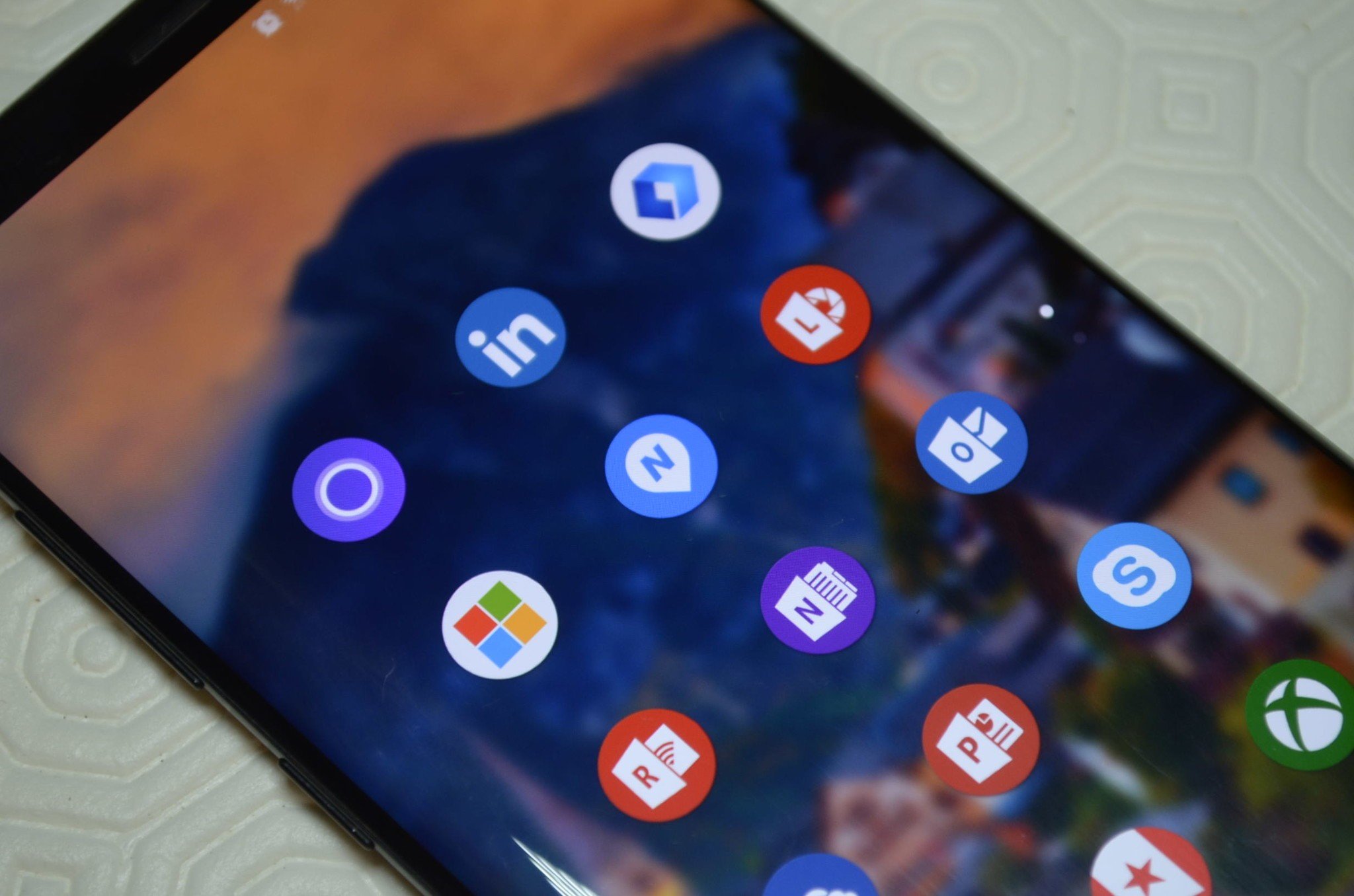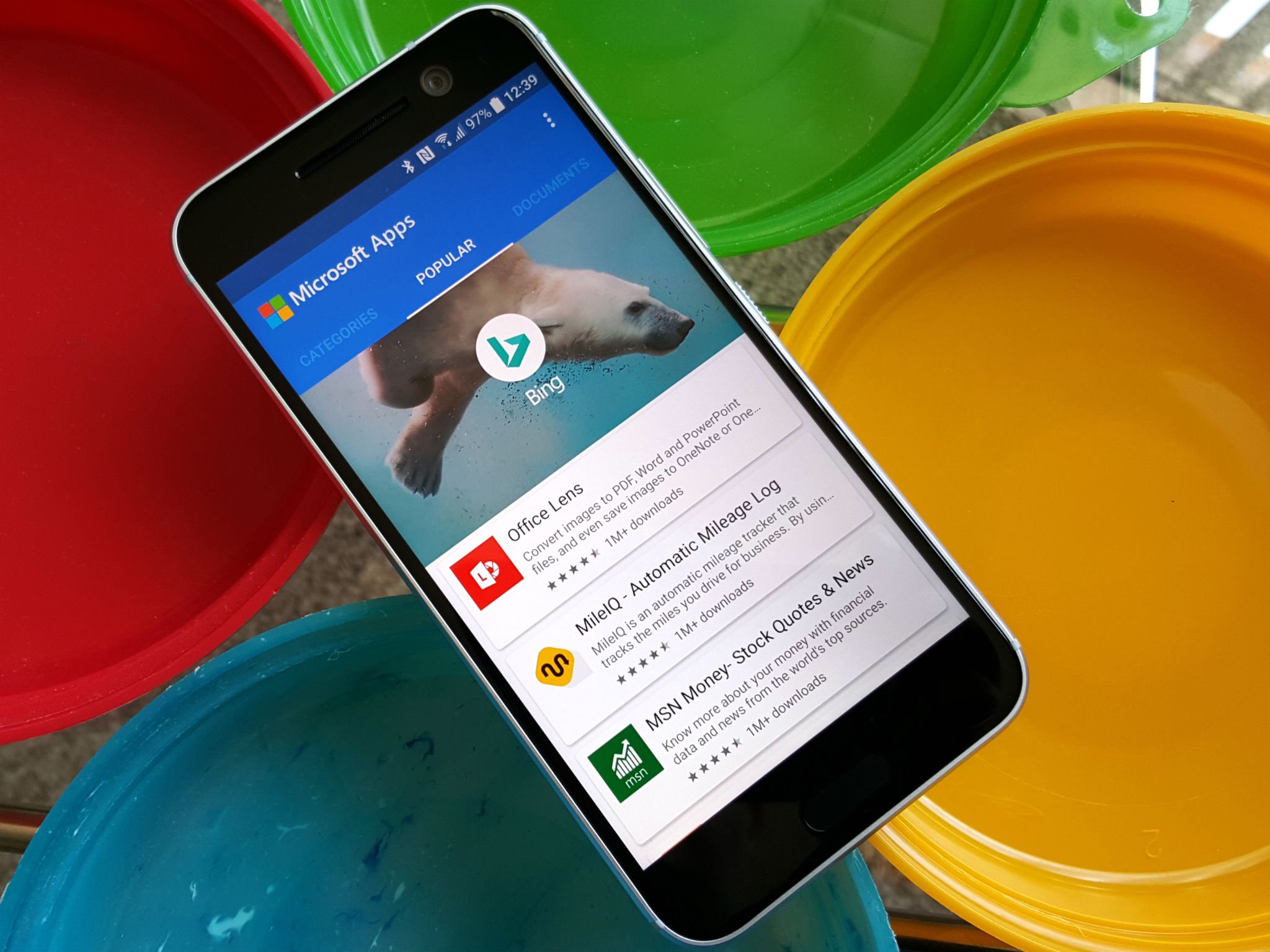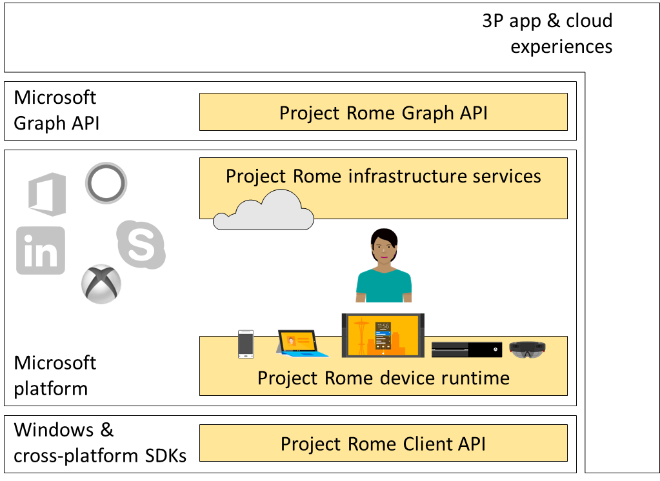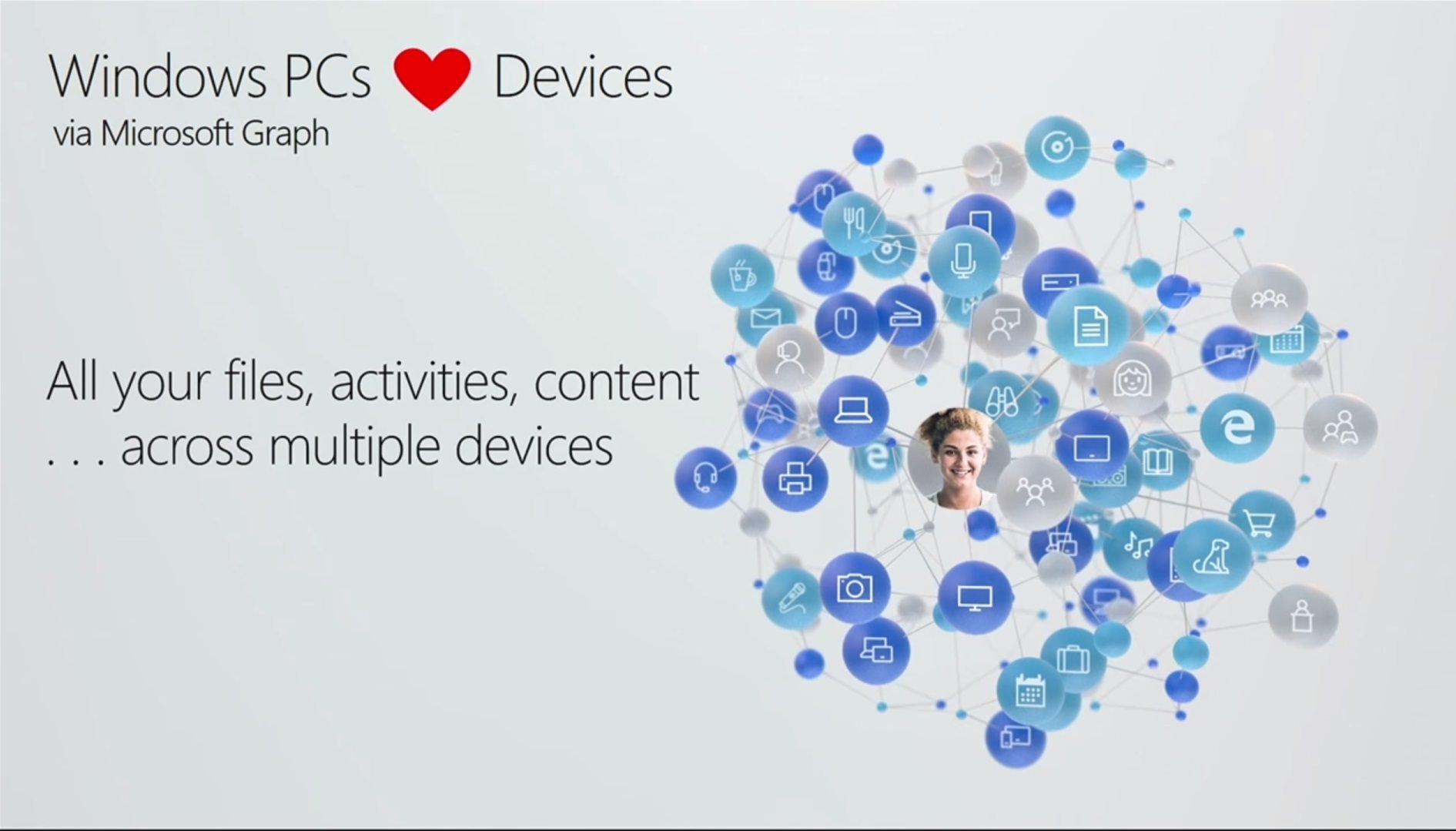
With Windows 10 Mobile’s imminent demise, Microsoft’s iOS and Android investments are the company’s new mobile strategy, right? Wrong.
Many have presumed Microsoft’s progress with bringing its products to iOS and Android, and its deeper assimilation of those platforms into its ecosystem via Microsoft Graph are a new mobile initiative.
This is particularly true since Microsoft confirmed the end of Windows Mobile and traditional smartphone hardware. I wrote in July 2015 that Microsoft’s goal is to infiltrate (with Microsoft apps) and assimilate (with Windows 10 and Windows Companion app) iOS and Android. I stressed the company’s ideal outcome was a Microsoft ecosystem that included iOS and Android alongside its first-party mobile platform. If the Windows phone component of that strategy failed, however, Microsoft’s iOS and Android investments would remain and emerge as its Plan B on smartphone hardware.
It’s not new, it’s the remnants of a bold first-party and cross-platform mobile strategy.
Today this is exactly what we’re observing. This is not a new mobile strategy but the remnants of a grander first-party and cross-platform mobile ecosystem effort. The failure of “Plan A” removes the “distraction” of Windows 10 Mobile, allowing us to clearly see what’s been happening for years: Microsoft’s aggressive infiltration and assimilation of iOS and Android.
Contents
Expanding Microsoft’s brand from the inside out

During Convergence 2015, Microsoft’s Chief Marketing Officer, Chris Capossela, stressed the company’s mission to promote the Microsoft brand. In the context of Microsoft’s cross-platform efforts, highlighting a distinct Microsoft identity on competing platforms was a strategic shift. Historically, product names took precedence. Microsoft products now more prominently boast Microsoft branding. In bringing high-quality polished products to other platforms, Microsoft ensures a mobile presence and a respected Microsoft-branded experience.
Microsoft brought Office to iOS and Android in 2014 and 2015, respectively. Other Microsoft apps have followed. Windows phone users need only remember their complaints regarding Microsoft’s cross-platform investments to see that an all-encompassing mobile strategy has long been at work. Microsoft’s strategy was to “convert” rival devices into “Windows phones” as it tried to convert consumers to Windows phones.
Microsoft’s smartphone strategy, planting the seeds (apps) of success
Microsoft’s CEO Satya Nadella’s 2015 best-on-Windows-Microsoft-experience promise (as a counter-balance to its cross-platform efforts) is further evidence that Microsoft’s all-in on iOS and Android efforts aren’t a new strategy.
Furthermore, Nadella said in a July 2015 email: “We are moving from a strategy to grow a standalone phone business to a strategy to grow and create a vibrant Windows ecosystem that includes our first-party device family.” That vibrant Windows ecosystem also includes Windows 10’s embrace of competing platforms.
Assimilating iOS and Android
If Microsoft’s cross-platform apps expand its brand from the inside out, Windows 10, Phone Companion app, cloud and Microsoft Graph incorporate iOS and Android into Microsoft’s ecosystem from the outside in.
Nearly 90 percent of all PCs run Windows. Thus, most people that use iOS and Android for mobile, use Windows for desktop computing. Microsoft is capitalizing on this by making Windows 10 PCs a hub for mobile experiences.The Windows 10 Phone Companion app ushers iOS and Android into the Windows 10 experience by guiding users to download Microsoft apps to their mobile devices. The synergy between Windows and iOS and Android doesn’t end there.

Microsoft’s Project Rome supports cross-platform computing.
Continuing activity between PC and phone via Microsoft Edge on iOS and Android, or receiving text messages on PC, are examples of Microsoft’s iOS and Android integration into Windows.
Deeper integration via Microsoft Graph demonstrates how cloud computing and AI (Cortana) mediate experiences from smart speakers to non-Windows smartphones, a car and finally to a PC. Microsoft’s ambitious vision is to provide the cloud-based platform for the industries’ platforms, apps and services. Sadly, though iOS and Android integration are still on track, a first-party smartphone is no longer part of that vision.
If Microsoft is the platform for everything, does it really need a phone?
Microsoft wants it all

Microsoft’s iOS and Android investments and the pursuit of a first-party smartphone platform were never mutually exclusive. Redmond’s goal has long been an infiltration and assimilation of iOS and Android and a strong first-party mobile presence supported by Windows 10, AI, an intelligent cloud, and Microsoft Graph.
The apparent shift from a first-party to a cross-platform mobile strategy is more illusion than reality. Look at it this way: A lead singer in a group gets virtually all of the fans attention even though background singers are also on stage. If, however, the lead singer leaves the stage and the background singers continue performing, their presence and voices are more noticeable, though they were performing all along. Windows 10 Mobile’s expected demise is making Microsoft’s iOS and Android investments more noticeable. That’s all.
Redmond plans to reintroduce a first-party component to its cross-platform mobile strategy. It’s “Project Andromeda” foldable, mobile device, running Core OS, will be a much less prominent, enterprise-focused and aspirational Windows-on-mobile presence, however. But it will fit alongside iPhone and Android phones in Microsoft’s cross-platform mobile strategy.
Source:-windowscentral.


